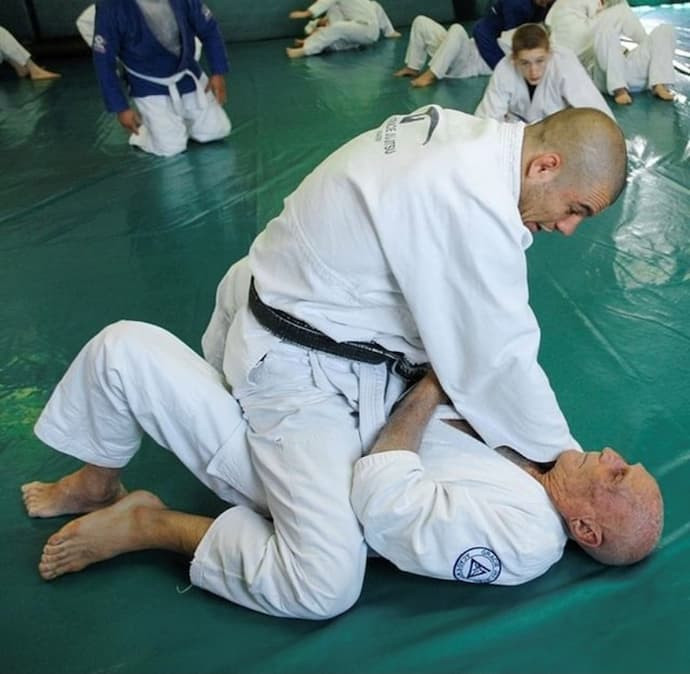 Ageless Jiu Jitsu
30 Mar
Ageless Jiu Jitsu
30 Mar
Ageless Jiu Jitsu
One of the great things about jiu-jitsu is that you can start doing it at nearly any age and at nearly any intensity level. This is not to say it’s always easy. It is a workout, it is exhausting, and there will be different kinds of torque put on your body that you will not be used to. Even if you are in great shape, you are going to put a strain on your body, and you will probably find yourself feeling depleted and sore after jiu-jitsu class. After all, you are going to be fighting with another.
How to get good at Jiu Jitsu. Tips from Ryan Hall
During your first few weeks or months of jiu-jitsu, your mind will likely be occupied by one thought: How do I get better? Most people will tell you that the answer is to practice and put in your dues. As Ryan Hall told Lex Fridman in a recent interview, “I drilled a ton.”
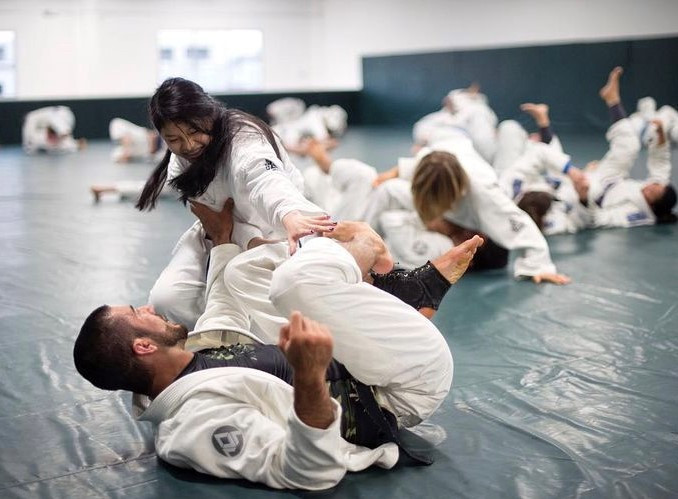 Escaping Submissions
14 Feb
Escaping Submissions
14 Feb
Escaping Submissions
Even though most people think of jiu-jitsu as being a fighting technique that focuses on submission chokes and holds, it is a form of self-defense. At its core, the primary objective in jiu-jitsu is survival. Before you even worry about forcing your opponent into submission or controlling the pace of the fight, you need to be able to defend against your opponent’s attacks. The Gracie philosophy is all about weathering the figurative storm, energy conservation, and striking only when the time is right. This means escaping submissions.
Does Jiu Jitsu Really Work in a Street Fight?
Jiu-jitsu is without question a tried-and-true fighting style. Ever since its inception in Brazil, jiu-jitsu practitioners have challenged all comers to show that proper technique is more important than strength or size in any kind of fight. This continues to this day, and countless fighters from around the world have relied on jiu-jitsu to become champions when fighting in mixed-martial arts tournaments.
But what about people who aren’t professional fighters? Can jiu-jitsu be used effectively in a street fight by an average person?
Women Self-Defense Classes in New York City
Having taught martial arts in New York City for the past 2 decades we often receive inquiries from ladies that want to learn how to defend themselves should they encounter physical threats that are commonplace in an urban setting like Manhattan. Often, they inquire about our Kickboxing program and how learning the kick and punch combinations can teach them to fight. While our Kickboxing program is a great workout and lots of fun AND is the same training format we used successfully in Kickboxing matches in the ring, what most newcomers aren’t aware of is – IT’S NOT A PROGRAM FOR SELF-DEFENSE.
Jiu Jitsu – The Best Self-defense for Kids (part 2 of 2)
Playing jiu-jitsu can also involve teaching children simple moves that are solely defensive and can be used to prevent bullying. In the below video, Relson Gracie provides a great example when he asks some of Robin’s kids to break free of a neck grab or a wrist grab. These are safe, simple moves that children of virtually any age can learn and master.
Jiu Jitsu: Self-defense for Kids (Part 1 of 2)
A lot of parents may be hesitant to introduce their children to jiu-jitsu at a young age. For some, they worry that teaching their kids a martial art will send the message that violence is acceptable. Others may worry that their children could hurt themselves or others. Still others may want to enroll their kids in a martial arts class but may not know if jiu-jitsu is right for them.
Getting Better At Jiu Jitsu – Train as the WORST player in the room
When Grandmaster Rickson Gracie moved from Brazil to the United States in the late 1980s, he was arguably the best jiu-jitsu fighter in the world. Meanwhile, jiu-jitsu was still several years from breaking into the mainstream in the Even in Southern California, where Rickson settled, there was only interest in what was considered a niche, Brazilian form of martial arts. Many wondered how Rickson would continue to dominate given that he was leaving behind the best jiu-jitsu schools and the most highly skilled jiu-jitsu fighters in the world.
Why Jiu-Jitsu Is a Better Self-Defense for Kids
It’s unrealistic to expect a child who is fearful for their personal safety to stand up for themselves with confidence… By giving the child the tools to defend themselves, they walk strong.
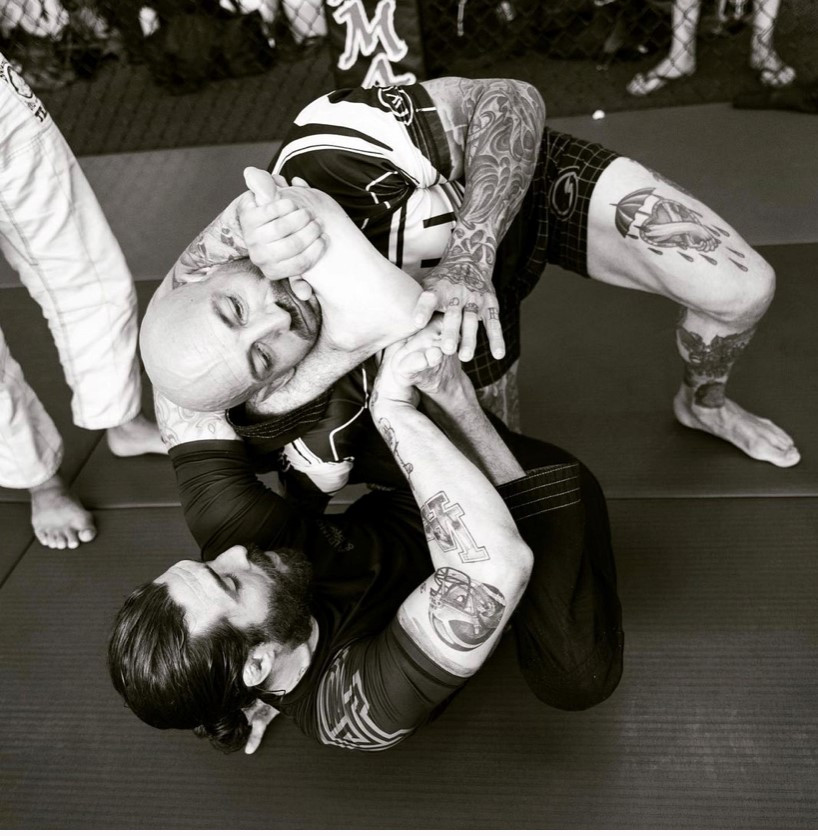 GJJ vs BJJ
18 Oct
GJJ vs BJJ
18 Oct
GJJ vs BJJ
Having trained Jiu Jitsu in New York City since 2002 I’ve witnessed a microcosm of its evolution in NYC and its expanding community here. Jiu Jitsu (by way of Gracie Jiu Jitsu) came on the map after UFC 1 - driving the message to all serious martial arts practitioners that they need to work on their ‘ground game.’ Simply knowing how to punch and kick wasn’t going to cut it. Post-UFC 1 adopters were martial artists already proficient in some form of fighting and looking to supplement their skills with ground fighting. Tough Jiu Jitsu training wasn’t such a high barrier of entry because these adopters were already experienced in the ‘sink or swim’ mentality during their years of hard training.
The 32 Principles: Achieving Artistry (Part 3 of 3)
The 32 Principles represent different ways of achieving efficiency, which is the apex principle of Jiu-jitsu. The greatest Jiu-jitsu practitioners strive to expend as little energy as possible when on the mat. They know that conserving their energy, while letting their opponents waste theirs, will give them the best chances of survival.
The 32 Principles of Jiu Jitsu: Making Deposits (Part 2 of 3)
In most jiu-jitsu classes, there is usually one student who excels at learning new moves, improvising new techniques, and figuring out how to escape from holds without explicit instruction. It doesn’t mean that they are the strongest or fastest or the most advanced fighter. In some cases, they may even be white belts. However, these students seem to just inherently understand things other students do not.
The 32 Principles of Jiu Jitsu (Part 1 of 3)
From an outsider’s perspective, jiu-jitsu may look like a lot of grappling and complicated chokeholds. To the white belt who may have spent just finished their first week of classes, they may not feel all that different. Performing certain moves can require more than a dozen steps and learning how to employ these techniques fluidly and effectively can take years of practice. As one gains a greater appreciation for the amount of dedication, knowledge, and skill that goes into becoming a great fighter, one is likely to gain a greater appreciation for why jiu-jitsu is called a martial art.
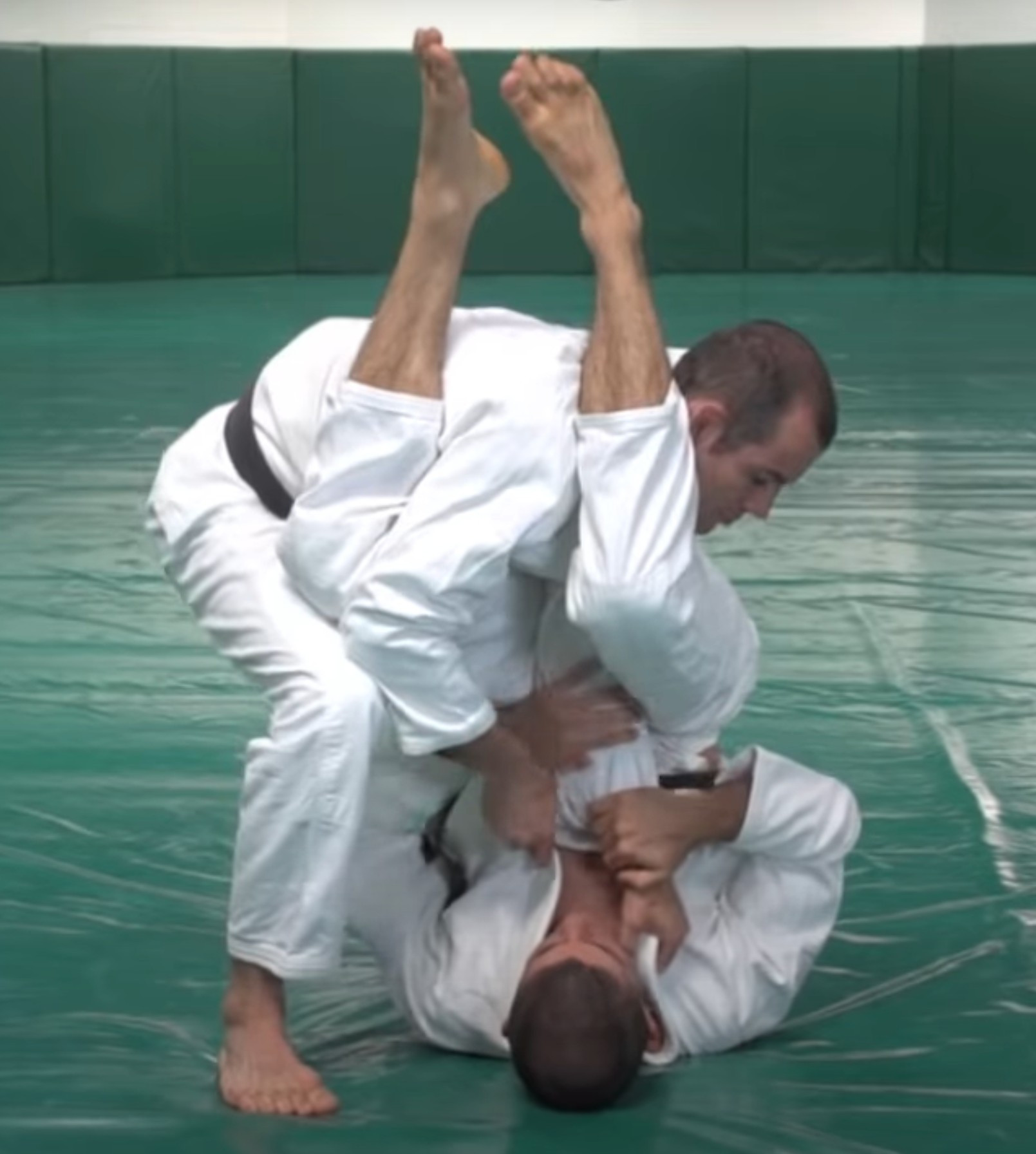 Ego-less Sparring
22 Jun
Ego-less Sparring
22 Jun
Ego-less Sparring
Gracie Combatives is a program designed for adults who are new to jiu-jitsu. It teaches the essential techniques of jiu-jitsu through careful instruction, allowing students to develop their reflexes and learn how to incorporate moves while in a real-world fight scenario. What may come as a surprise is that students often take classes for months or even up to a year before they begin sparring.
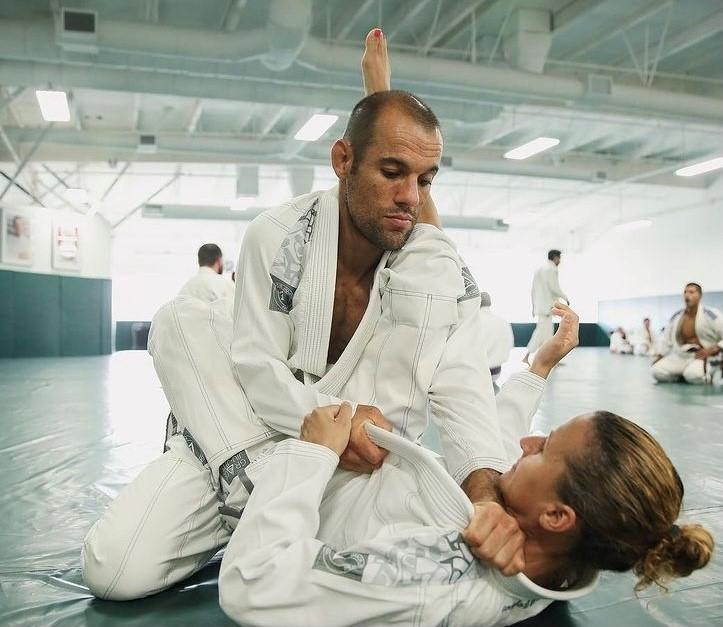 Powerful Principles
14 Jun
Powerful Principles
14 Jun
Powerful Principles
Learning to be a student of principles starts with reading between the lines when you’re learning moves and technique. It means that you’re not just following the steps for each move like you’re putting together a piece of furniture.

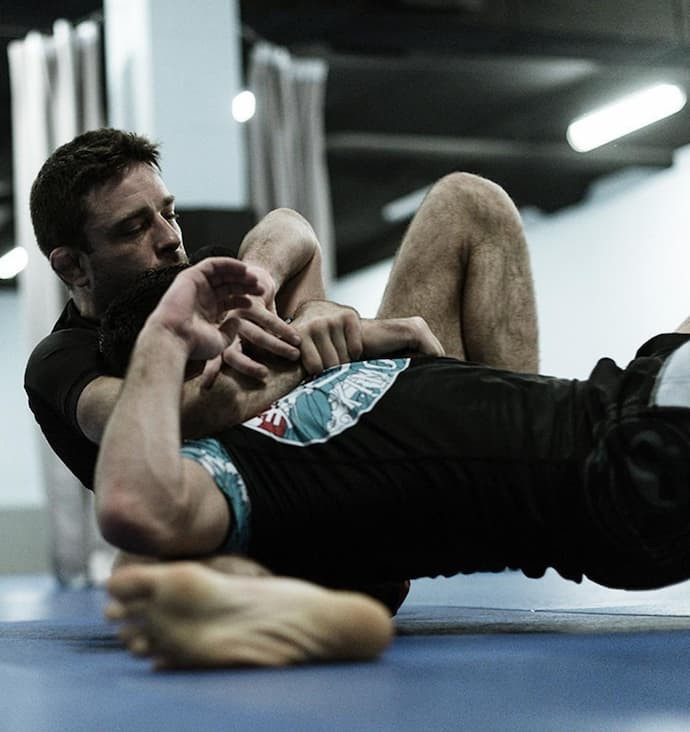 How to get good at Jiu Jitsu. Tips from Ryan Hall
How to get good at Jiu Jitsu. Tips from Ryan Hall
 Does Jiu Jitsu Really Work in a Street Fight?
Does Jiu Jitsu Really Work in a Street Fight?
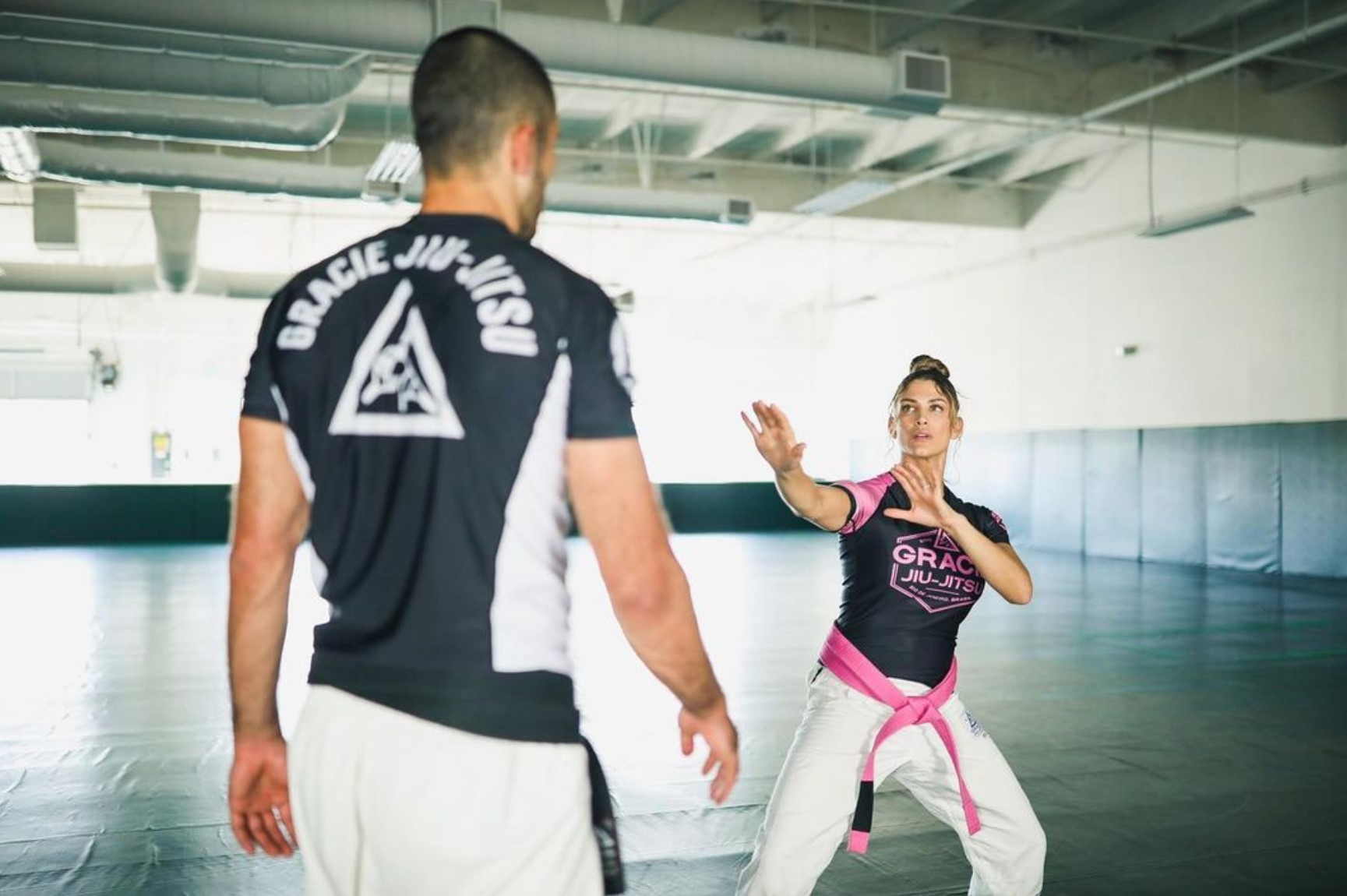 Women Self-Defense Classes in New York City
Women Self-Defense Classes in New York City
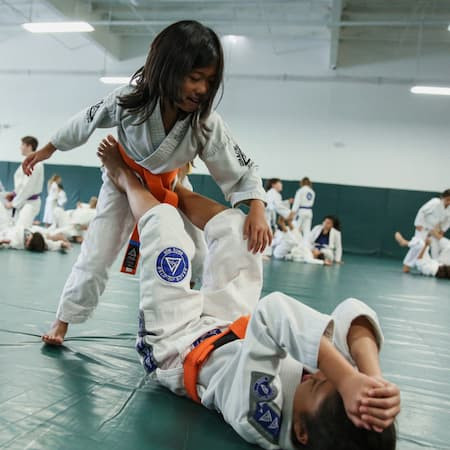 Jiu Jitsu – The Best Self-defense for Kids (part 2 of 2)
Jiu Jitsu – The Best Self-defense for Kids (part 2 of 2)
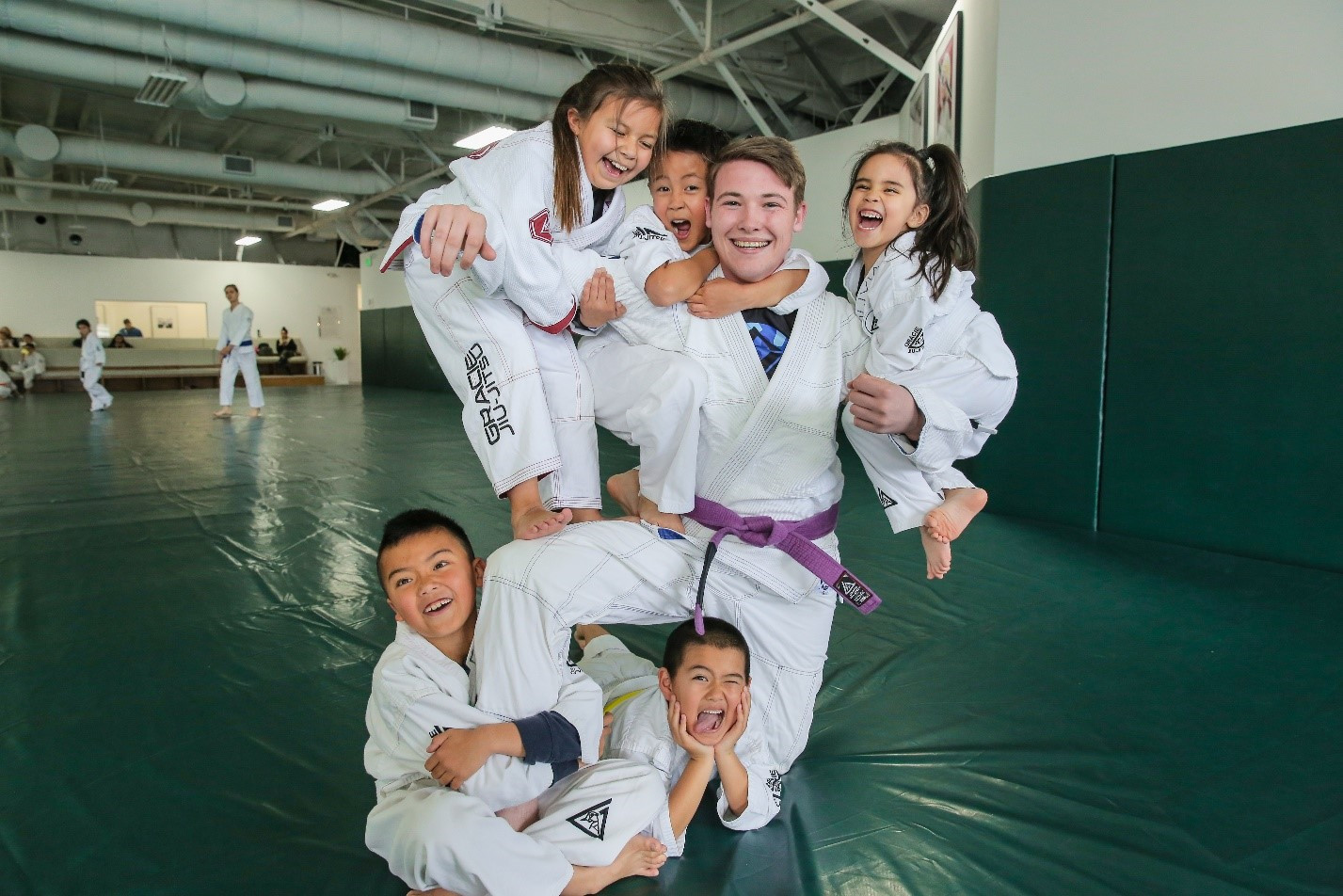 Jiu Jitsu: Self-defense for Kids (Part 1 of 2)
Jiu Jitsu: Self-defense for Kids (Part 1 of 2)
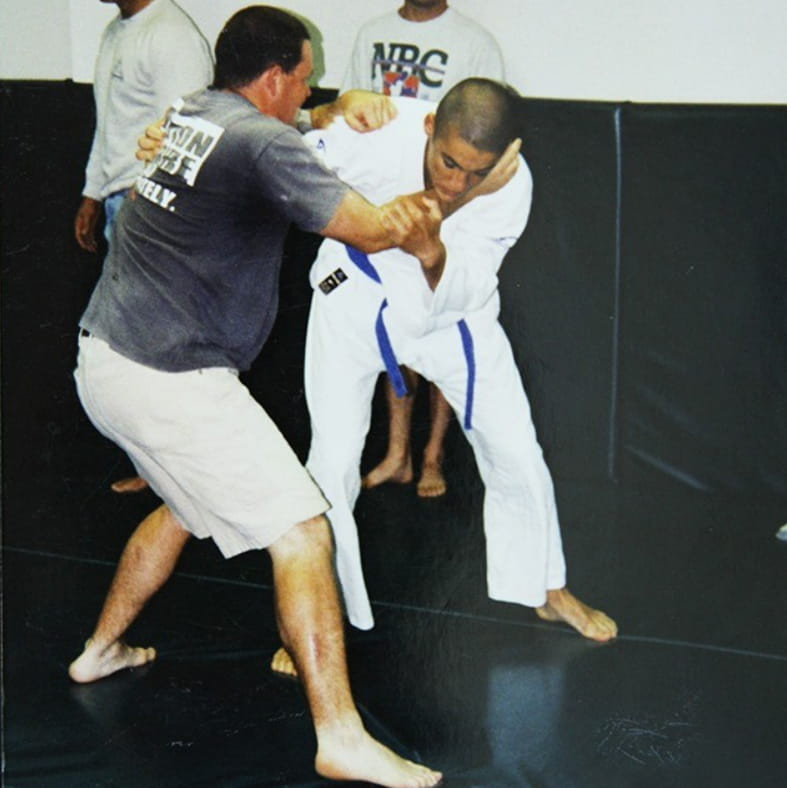 Getting Better At Jiu Jitsu – Train as the WORST player in the room
Getting Better At Jiu Jitsu – Train as the WORST player in the room
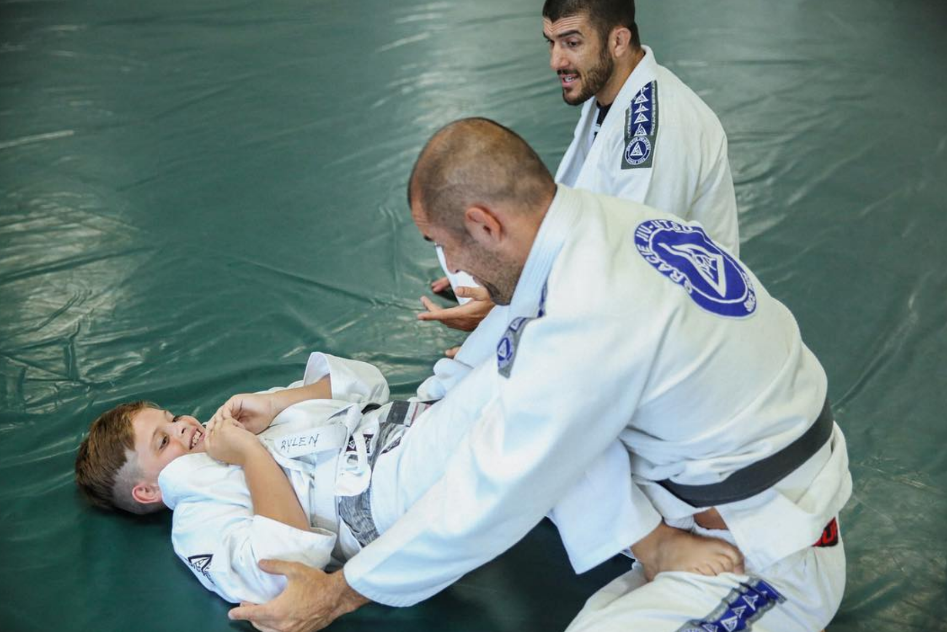 Why Jiu-Jitsu Is a Better Self-Defense for Kids
Why Jiu-Jitsu Is a Better Self-Defense for Kids
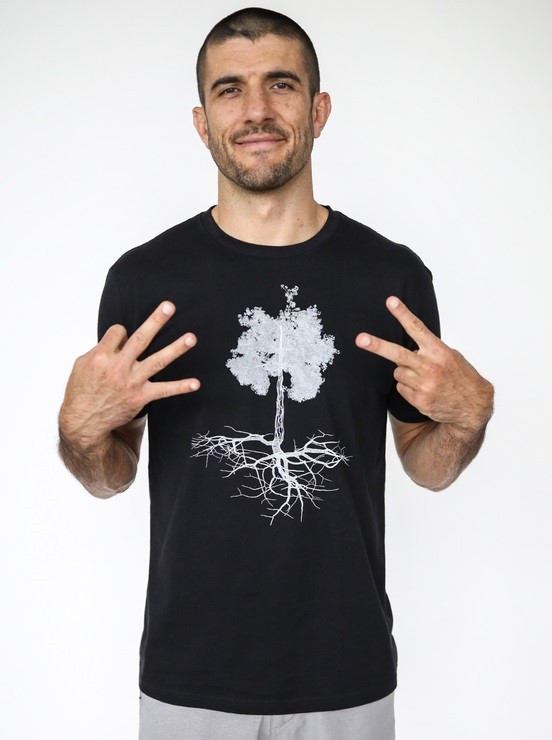 The 32 Principles: Achieving Artistry (Part 3 of 3)
The 32 Principles: Achieving Artistry (Part 3 of 3)
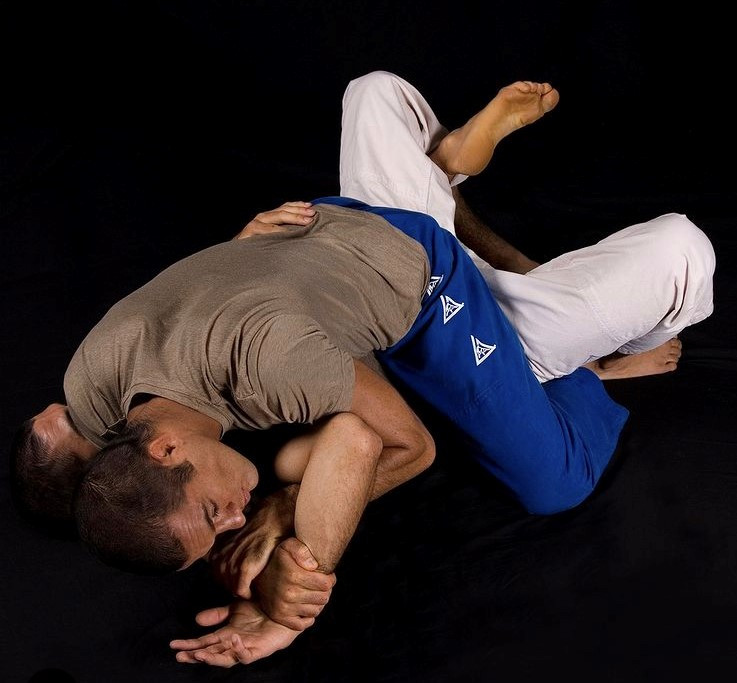 The 32 Principles of Jiu Jitsu: Making Deposits (Part 2 of 3)
The 32 Principles of Jiu Jitsu: Making Deposits (Part 2 of 3)
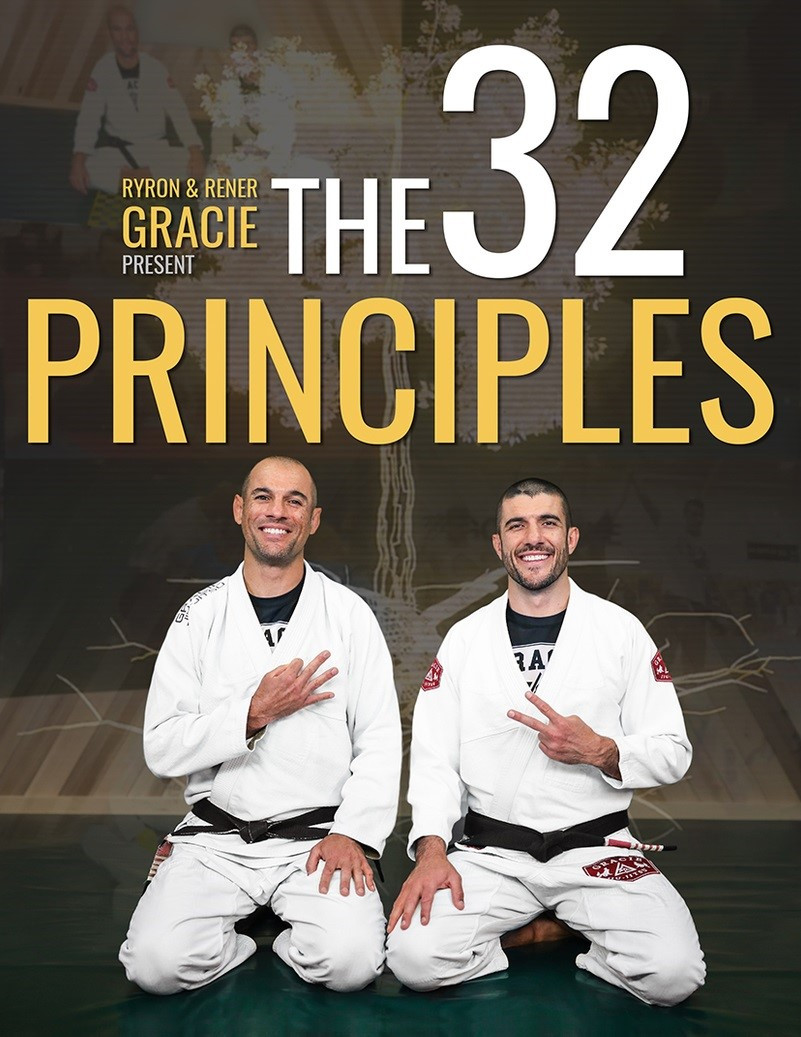 The 32 Principles of Jiu Jitsu (Part 1 of 3)
The 32 Principles of Jiu Jitsu (Part 1 of 3)